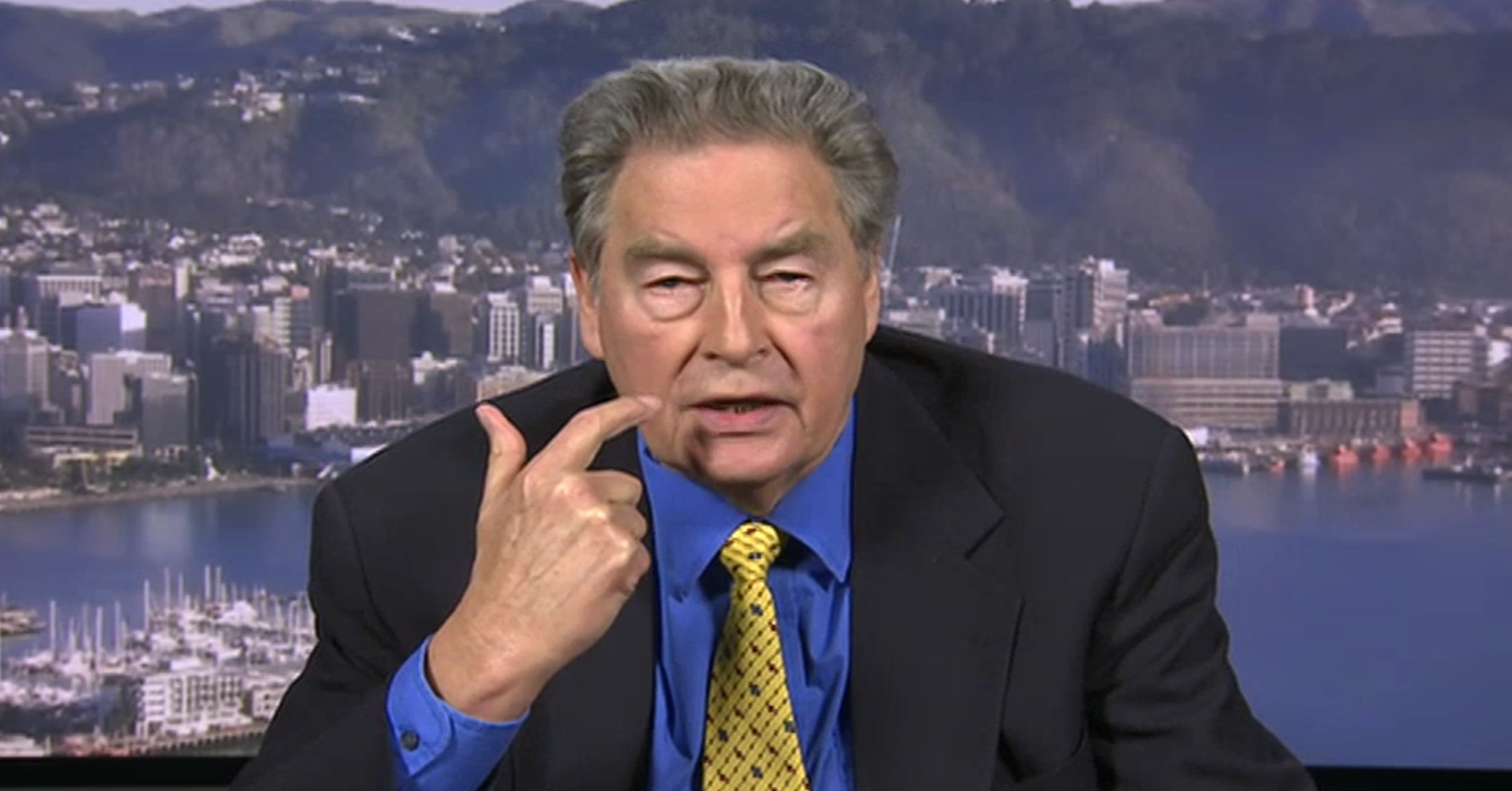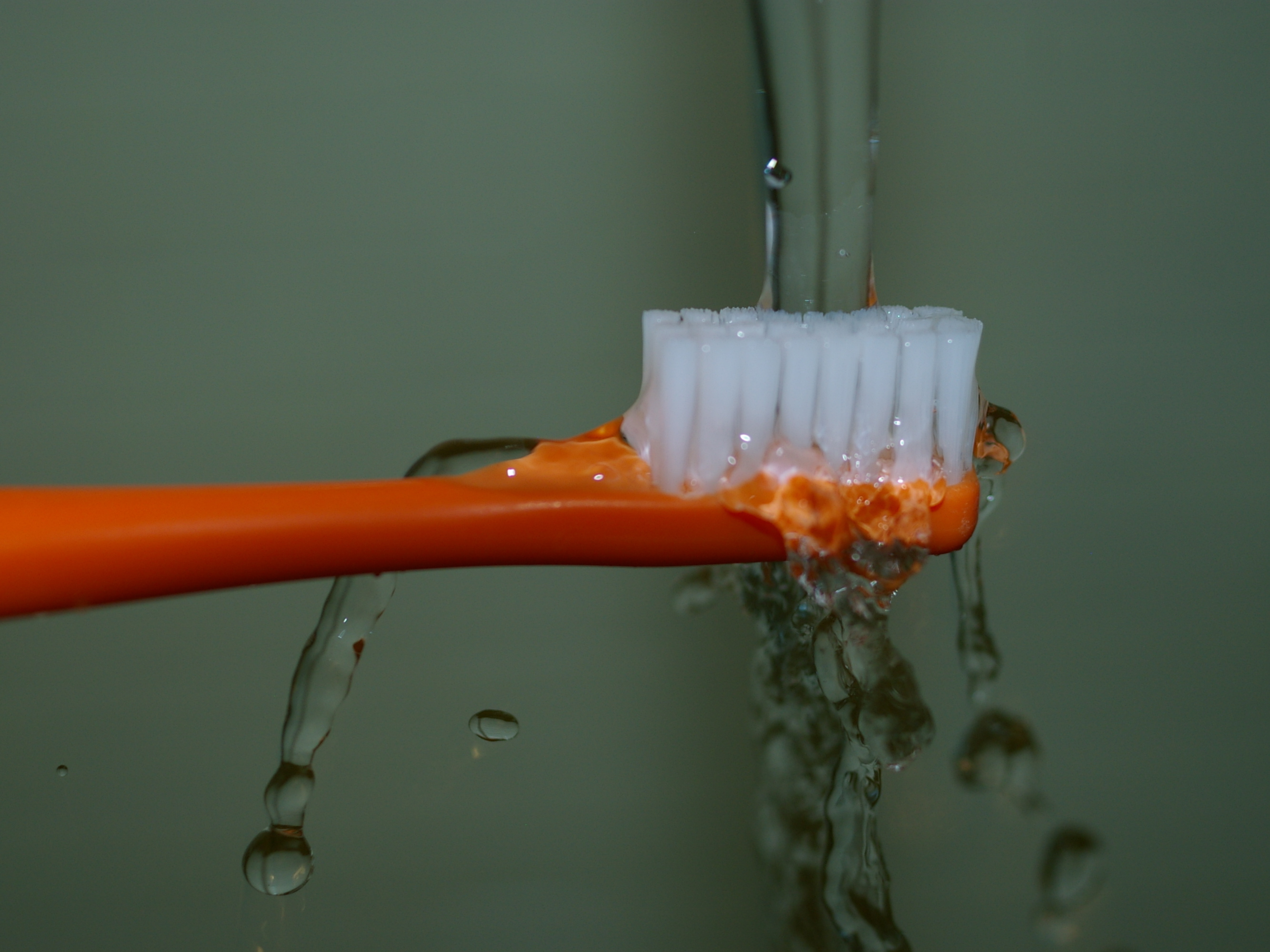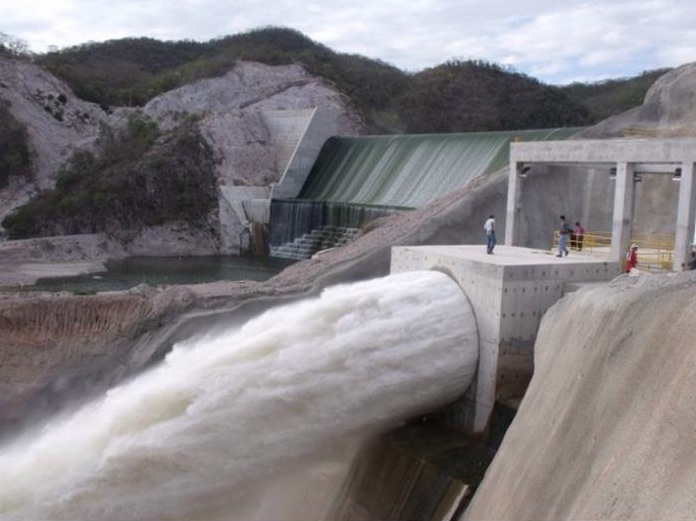There has been an article in the media recently talking about the possibility of Wellington City creating more water fountains, to help curb tooth decay. Wellington currently has community water fluoridation. Although the article didn’t have a single word about fluoridation, anti-fluoride groups have been saying this is proof that fluoride isn’t working. “Why would a city that is fluoridated have tooth decay in children?“
Pat McNair, the Fluoride Free NZ Hamilton Coordinator, said this:

We’re happy to explain: you can have it both ways. Dental decay remains the single most prevalent chronic (and irreversible) disease among New Zealanders of all ages. No one has said that water fluoridation will solve all problems of tooth decay. While fluoride is not a silver bullet, it is an important part of reducing dental caries. Water fluoridation, at the levels used in New Zealand, reduces both the prevalence and severity of tooth decay. It is a great first step for a community to take, as it is the most cost-effective measure available and it helps the whole population, including the vulnerable.
Removing fluoride would just make things worse.
The continuing existence of child tooth decay does not mean we should abandon such policies. If anything it means such programmes should be strengthened and extended – especially if, like water fluoridation, they are known to be effective in reducing tooth decay.
We should see the creation of more water fountains in the Wellington area as another complementary programme aimed at helping reduce the prevalence of child tooth decay by drinking less sugary drinks and more contact with fluoride in the water. A programme combining the advantages of fluoridation, reduction of sugar consumption and development of good drinking habits.







Leave a Reply